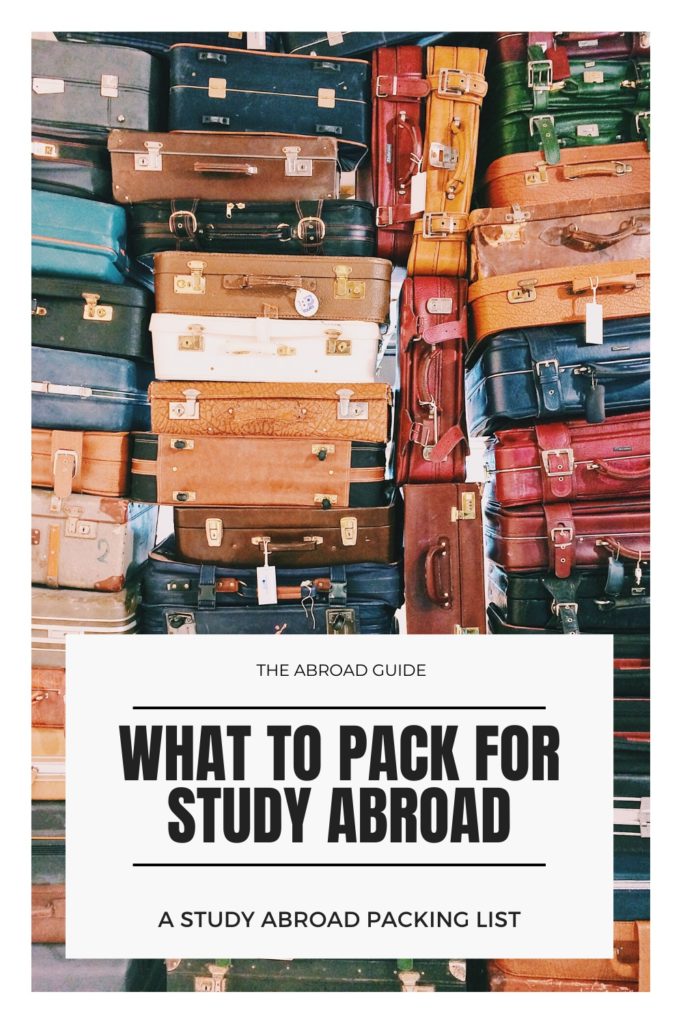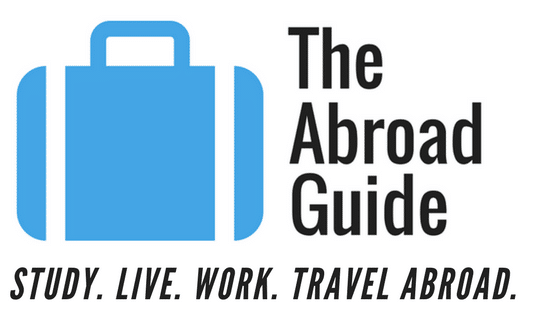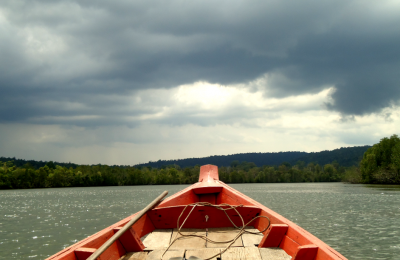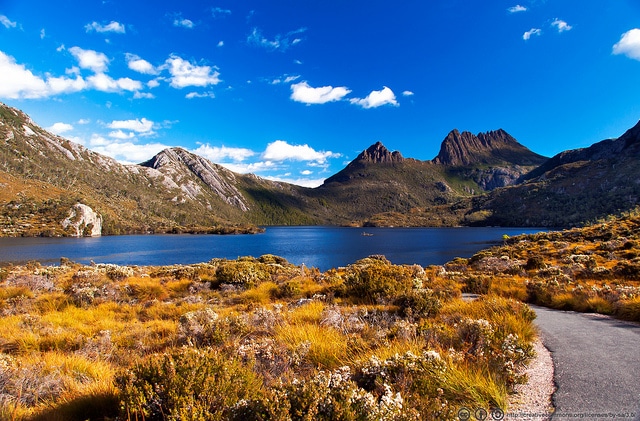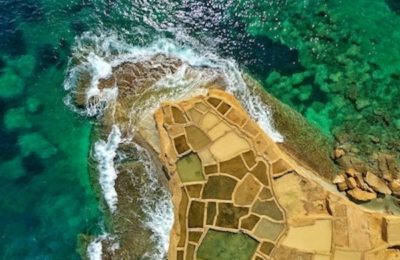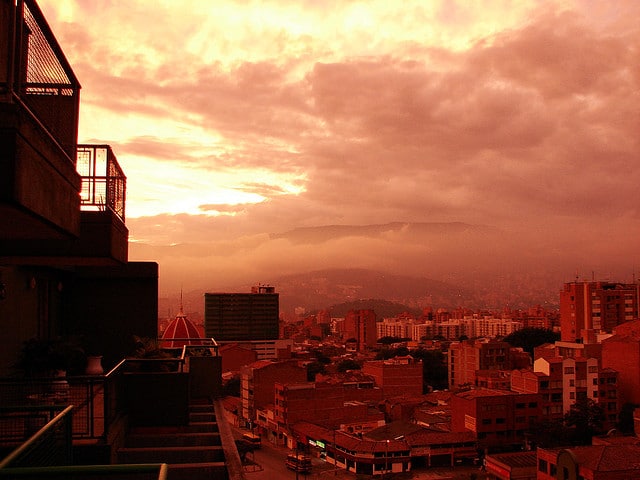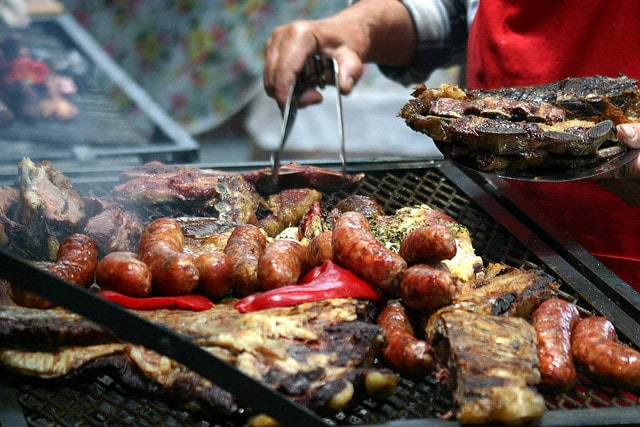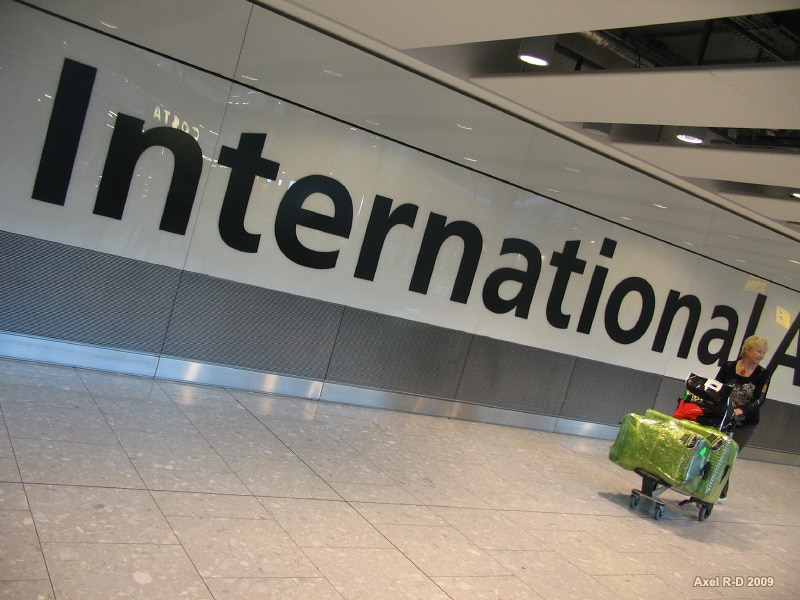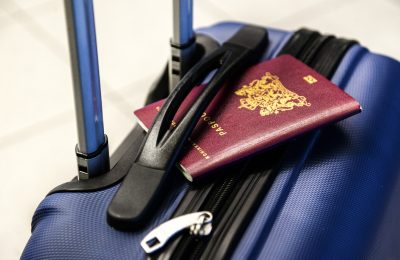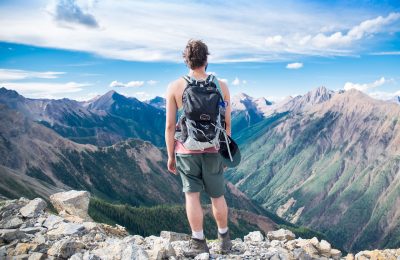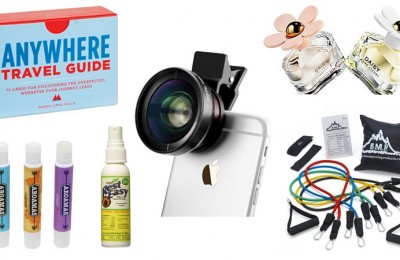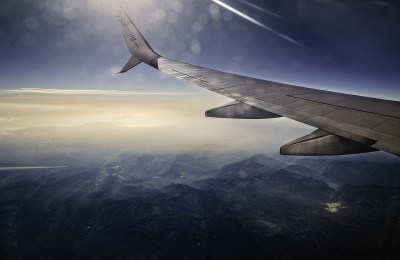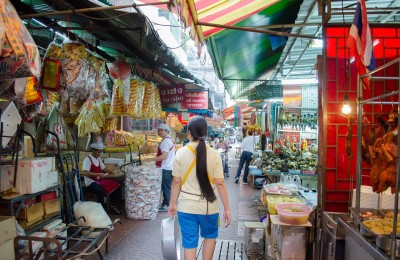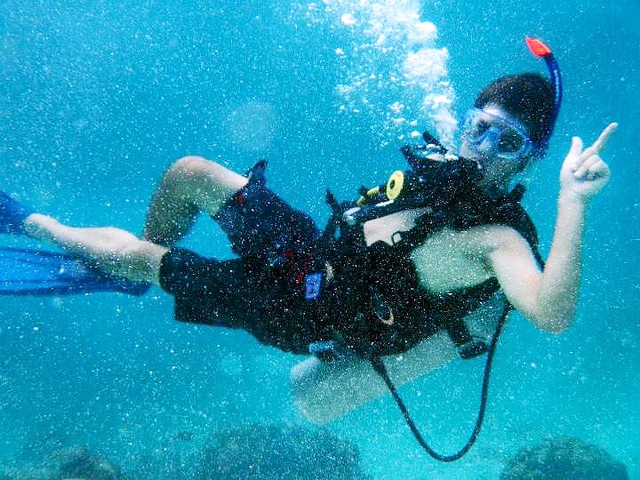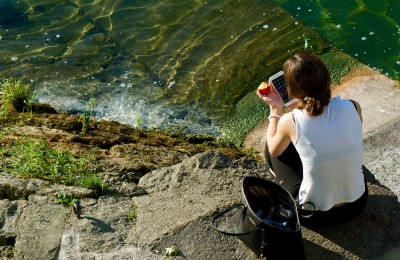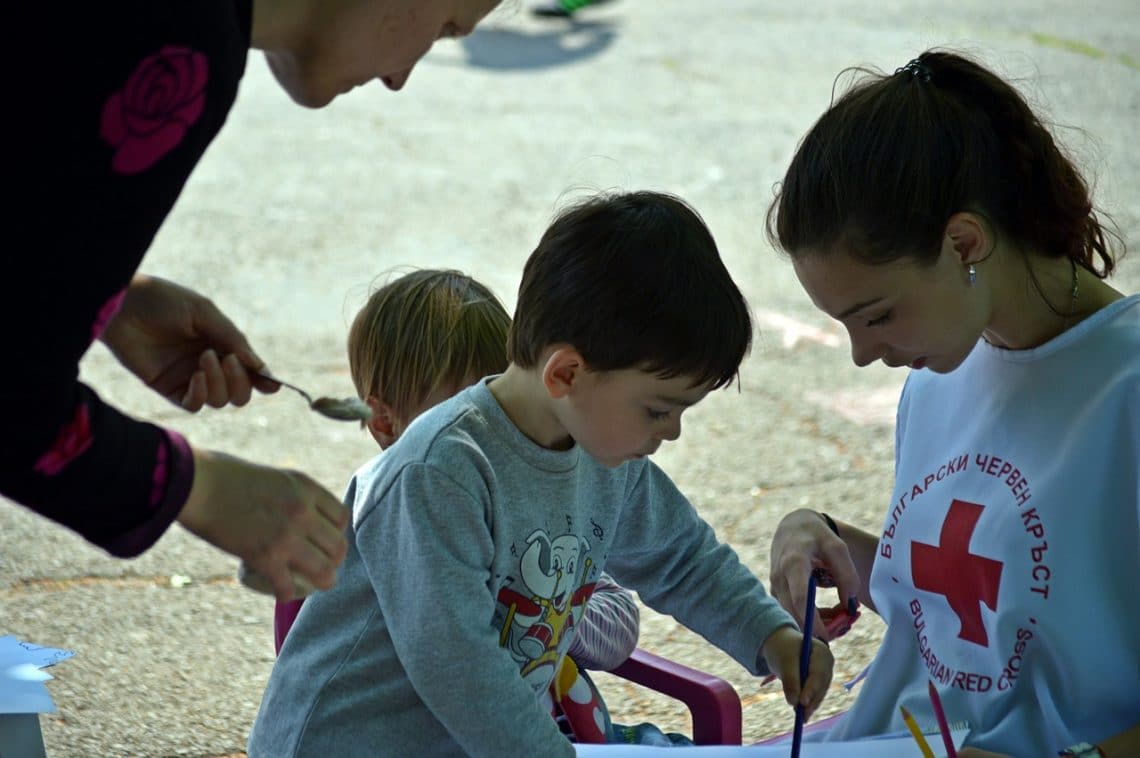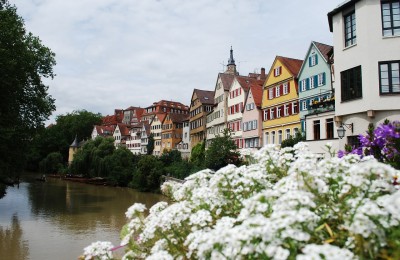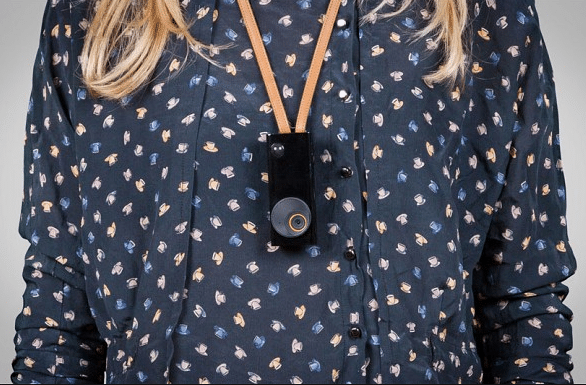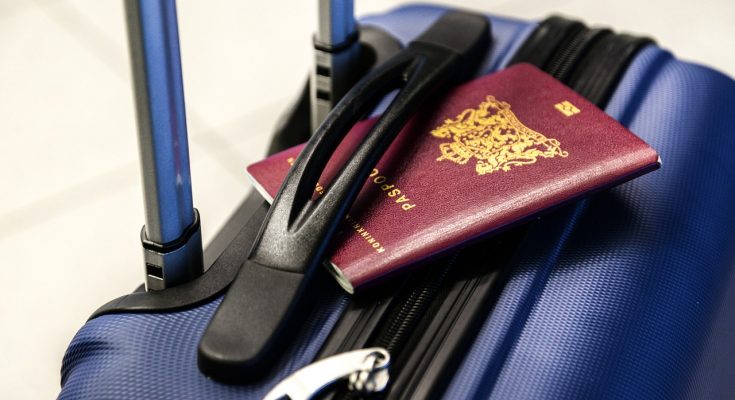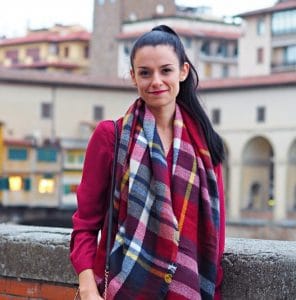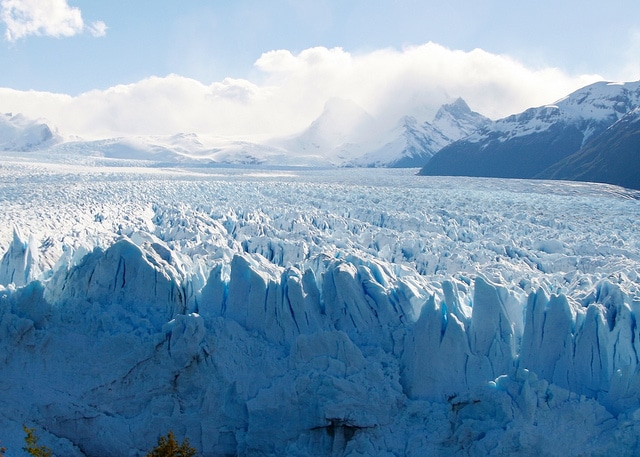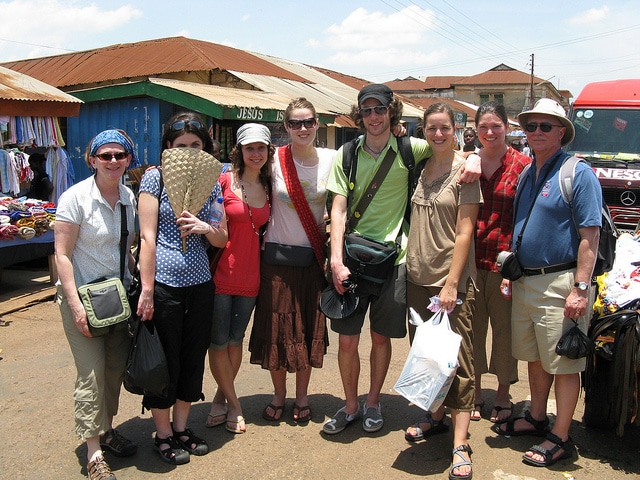You’ve been accepted to an awesome study abroad program, you’re anxiously counting down the days until you depart, and finally it’s time to address the toughest part of the process: what should I pack for study abroad? You and pretty much every study abroader who has come before you has panicked over the same thing, so you’re definitely in good company!
Trying to stuff your whole life into one or two suitcases is daunting, especially since you probably don’t really know what’s waiting for you when you step off the plane. If you fall a bit more on the Kevin McCallister side of packing than you’d like to admit, our study abroad packing list is here to help.
Packing is more than shoving your life in a suitcase
Even though it always seems easy, there are a lot of factors you need to take into consideration when packing for study abroad. There’s way more to this than meets the eye, so we’re breaking down what exactly to pack for study abroad, plus all of the miscellaneous things to take into account when you’re making your own study abroad packing list.
What type of region will you be studying abroad in?
Your study abroad location is EVERYTHING when packing. You wouldn’t pack surf gear to go to Iceland, so knowing a bit about the region you’ll be studying abroad in is key.
Conservative vs. liberal
The first factor should be figuring out how conservative the area is. Especially for the ladies, you don’t want to wear culturally insensitive clothes, and in most instances, you won’t be allowed inside spiritual areas if you’re not covered up. This doesn’t sound like a big deal until you have an art class inside a cathedral and you’re not allowed in because you only packed tank-tops.
Rural vs. urban
You’ll also need to factor in how urban the environment is. Will there be stores for you to buy things upon arrival? Or will you need to bring literally everything you’ll need for the next four months because you’ll be studying in the jungle? You won’t want to use precious suitcase space with three bottles of shampoo unless absolutely necessary, so find out how close you’ll be to stores and then decide what to pack for study abroad.
What type of weather will you be studying abroad in?
Going somewhere with four distinct seasons is a lot different than studying abroad in just one climate, so the next factor you should weigh is the type(s) of weather you’ll experience.
Overall climate
The climate of your study abroad location will make or break what you should pack, so don’t underestimate this. Remember, too, if your study abroad location is in a different hemisphere, the seasons are flipped. Don’t roll up to Chile in July and expect much warmth.
Length of time abroad
If you’re only studying abroad for a summer, you probably don’t have to worry about the weather fluctuating much, but if you’ll be abroad for a whole academic year, then you’ll need to find out what type of climate(s) you’ll experience. Just because it’s hot in Spain in the summer doesn’t mean it’ll be hot year-round.
Here’s how one woman packed for an entire year abroad with only a carry-on bag, for some inspiration.
How much luggage are you bringing to study abroad?
Every airline has different baggage requirements, so be sure to check this carefully. Even if your airline allows two checked bags plus a carry-on, do you actually want to lug all of that around? Just because you can bring it doesn’t mean you should. Decide upfront how much stuff you really want to carry and then stick to it. Two 50-pound bags don’t sound like much until you’re sprinting through Heathrow with them!
Official study abroad packing list
With all of these factors said, it’s time to start packing. These are basic guidelines to follow and can be tweaked to fit your needs/study abroad location, so don’t be afraid to get creative with this and tailor it.
Clothes to pack for study abroad
- All of your standard shirts, pants, dresses, skirts, and other go-to clothes
- More underwear + socks = less laundry
- Bathing suit
- Comfy but classy travel clothes (leggings, sweaters, etc.)
- At least one nice outfit and one pair of nice shoes
- Comfortable shoes for walking in sun, rain, snow, etc.
- Flip flops to use as shower shoes in hostels
- Workout clothes and shoes to keep off the study abroad 15
- Jacket for chillier weather – it gets cold even in the desert at night
Toiletries to pack for study abroad
- Travel-size shampoo + conditioner + body wash (buy more when you arrive. Get these refillable GoToobs so you can use them for weekend travel too)
- Cosmetics + lotions
- Toothbrush + toothpaste + floss
- Feminine products
- Contraceptives
- Medications or prescriptions
- Sunscreen
Electronics to pack for study abroad
- Mobile device + charger
- Laptop + charger + padded case
- Power adapters
- Camera (see which cameras we recommend for study abroad)
- E-reader for long trips
- Portable power bank
Miscellaneous to pack for study abroad
- Passport + visa (if applicable)
- Travel medical insurance (FYI – some visas require proof of insurance)
- Student ID, driver’s license, and any other identifications
- Copies of your passport + visa + IDs
- A gift from home for your host family
- A small backpack for day trips
- Cross-body purse or secure wristlet to prevent theft
- Small lock for hostel lockers
- Scarves, accessories, and jewelry (leave the expensive stuff at home)
Tools to help you pack for study abroad
- Portable luggage scale (so you don’t get hit with overweight baggage fees)
- Space bags (go for the no-vacuum-required ones)
- Small lock for any zippers on your bags
- Luggage tag + ribbon/something to help identify your suitcase at baggage claim
What NOT to pack for study abroad
Now that we’ve covered the basics for what to pack for study abroad, it’s time to review what NOT to pack for study abroad. There are a lot of things that first-time study abroaders bring that are totally unnecessary, and we want to help you save as much of that precious luggage space as possible.
Sweatpants
If you’re used to wearing your sweats to class, you might be in for a surprise abroad: students typically don’t do the same in other parts of the world. You don’t want to be judged by your new classmates on something so trivial, so if you’re anticipating having “cozy days” (no shame!), pack something a bit nicer like leggings and a sweater.
Blow dryer and/or hair straightener
You will fry it. We promise you. Even with a voltage converter, there’s no guarantee that your hair tools will survive. You’re better off leaving your expensive appliances at home and spending a few bucks on a new one in your study abroad location. Having to run out to the store with half curly hair because you fried your $100 straightener is the worst, so do what you can to avoid this.
Brand new clothes
As tempting as it might be to refresh your wardrobe before galavanting around the world, don’t go on a shopping spree. Bring clothes with you that are “tried and trusted”. There’s nothing more horrible than heading out for a day of sightseeing only to get a blister from those super cute, brand-new sandals ten minutes into your day. It’s ok to bring a few new items, but keep it limited.
Clothes that don’t match anything
You might love that pair of bright pink jeans, but if you have a hard time matching it to anything except that one white shirt you own, don’t bring them. Leave any clothes at home that you can’t mix-and-match or layer. The rule of thumb for packing clothes is to not waste limited space in your luggage with something you’ll only wear once or twice.
A capsule wardrobe is perfect for this. Here’s an example of how to make a capsule wardrobe for travel work well.
Inappropriate footwear
The biggest issue in footwear abroad is definitely high heels on cobblestone streets. You might love the idea of feeling ultra chic at that club in Paris by rocking your new stilettos, but strutting down a cobblestone road after a few too many drinks in those bad boys is a very different story. If you must wear heels, opt for wedges or similar.
Beyond heels, you’re probably better off leaving the flip flops at home with the exception of one pair for shower shoes in hostels. Like heels, loose sandals were not built to handle cobblestones or rough roads. You’ll quickly find, too, that flip flops are not very popular outside of the US fashion-wise, so it’s a better idea to invest in nicer, sturdier sandals if you’ll be in a warm weather climate.
Anything else that screams “I’m a foreigner!”
Think football jerseys, Greek life apparel, or anything with an American flag on it. You might love your Thetas, but it doesn’t mean anything to anyone abroad, and you’ll be outing yourself as a foreigner and become a target for pick-pocketing.
Here’s how to dress less like a foreigner and to blend in a bit more…
Pack. And then unpack and do it again.
Our biggest tip for packing for study abroad is to leave yourself plenty of time and do it multiple times. You might think you’ll be able to fit everything in one or two bags, but until you actually take the time to shove everything in there, you won’t know for sure.
We can almost guarantee that you’ll have to drop half of what you’ve laid out, so don’t make the mistake of not touching your suitcase until the night before you depart. Plus, in the unfortunate event that your zipper breaks or bag rips as you’re packing, you’ll be glad you left time extra to get a new one.
You’re off!
Packing is usually the last thing to do before you depart (or at least one of the last things), so you can breathe a sigh of relief once you’re done. Check out some of our below articles to further guide you in your study abroad preparations. Now go get those suitcases ready, and pump yourself up for the adventure of a lifetime!
Read next:
15 Important Items to Get Before You Go Study Abroad
5 Questions to Ask Your Study Abroad Advisor Before Going Abroad
How to Find Study Abroad Scholarships
Pin this to your study abroad board:
